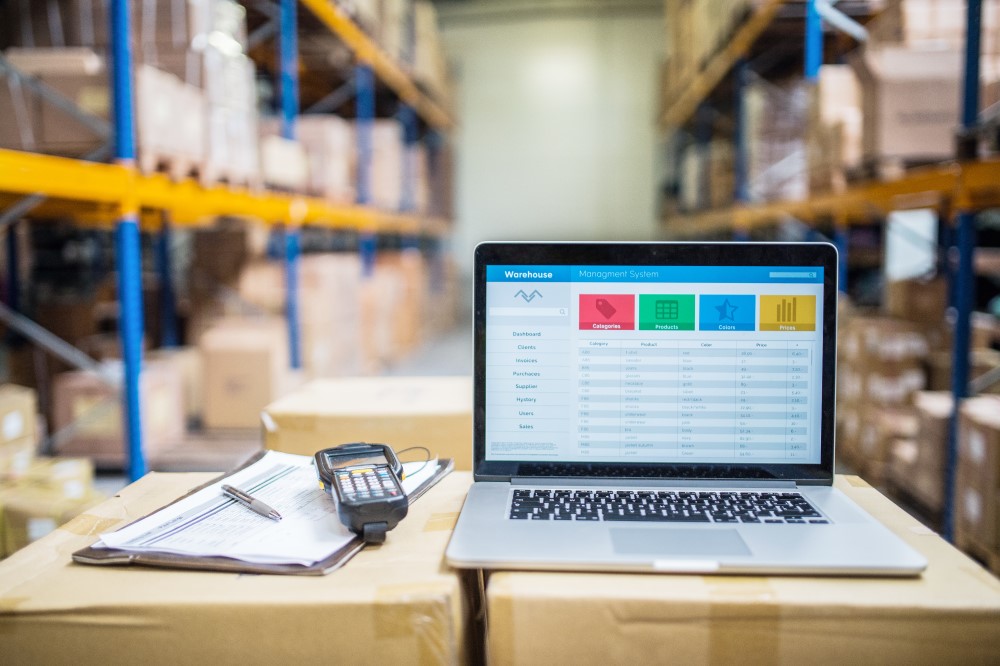Today’s ecommerce market demands are greater than ever. Third-party logistics (3PL) warehouse customers and end-consumers expect up-to-date information and an efficient, error-free shipping experience. This requires a seamless technology stack where disparate systems “talk” to each other and share key information like order and inventory data. For example, many third-party logistics warehouses may have a warehouse management system (WMS), transportation management system (TMS), and multiple shopping carts. These systems all need to seamlessly work together in order to help the integrated 3PL be more productive and efficient to meet their customers’ requirements. So, how does this work?
APIs
One of the most important features of any modern WMS platform is its Application Programming Interface, or API. An API defines interactions between multiple software systems. At Extensiv, our API allows for orders, inventory, billing, and other data to move between Extensiv 3PL Warehouse Manager and other systems, such as shopping carts and finance systems. See our whitepaper on the Ecommerce Technology Lifecycle to learn more about what systems may interact in a 3PL environment.
To facilitate these systems “talking” to each other, someone must write software code that extracts the data via the source system’s API and inputs it via the destination system’s API. This is commonly referred to as an “integration”.
Ways to interact with APIs
Pre-built connections
Some software builds connections to another’s API into their software platform. These kinds of connections are called “pre-built” or “out-of-the-box” connections. For instance, Extensiv has built to Shopify, WooCommerce, Magento, ShipStation, Quickbooks, and a variety of other systems. Conversely, companies like TradeGecko, Ordoro, and DesktopShipper have built Extensiv’s APIs. This allows customers of either platform to seamlessly interact with the other without dealing with any third-party developers, and often for a fraction of the price of a middleware solution or custom development since multiple customers use the integrations. The only downside to this kind of connection is that there are rarely customization options, so if your workflow isn’t supported by the pre-built connection you may need to find another solution.
Middleware
It’s very difficult for a software platform to build a connection to every other platform. It requires time and resources that may be better focused on building core capabilities into the platform. In many cases, a software platform may refer you to a company that operates an integration platform or “middleware”. This software is specifically designed to integrate other software systems. Examples include Celigo, Extensiv Integration Manager (formerly CartRover), and Techdinamics. It can be more complicated when adding a third party to the mix, but in general, a middleware solution is great if there is not a pre-built connection between the two systems you are trying to connect.
Custom development
When a prebuilt connection does not exist and there is not a middleware solution that connects the two systems in question, a custom-built connection is a way to go. This involves a third-party developer building a bespoke connection to facilitate the desired workflow. This is often the best way to ensure that the technology supports your business process, and not the other way around. While this can often be one of the more expensive options, it can offer a warehouse the greatest benefit and return on investment (ROI). A custom solution will be able to cater to the exact needs of a 3PL’s customer base by increasing efficiency and productivity. Ultimately there are several ways to connect your 3PL warehouse technology stack to save time and ensure accuracy. It is important to have answers to these questions before deciding how to integrate your key systems:
- Which systems do I need to talk to each other?
- What is most important in this integration: adhering to my business process or keeping costs low?
- What specific data do I need to move from and to which specific systems?
- What best practices are available to accommodate the needs of many customers?
- With the right technology partner guiding you through these questions, integrations can provide a core foundation that can differentiate your warehouse against competitors.
To learn more about how your warehouse can leverage integrations for operational efficiency, join us for an upcoming webinar with Celigo. Or if you are ready to learn more about how Extensiv 3PL Warehouse Manager WMS can integrate with your technology stack to provide a better customer experience, schedule a time to talk to an expert.
-
You’ll read about:
Be the first to know
Subscribe to our newsletter





